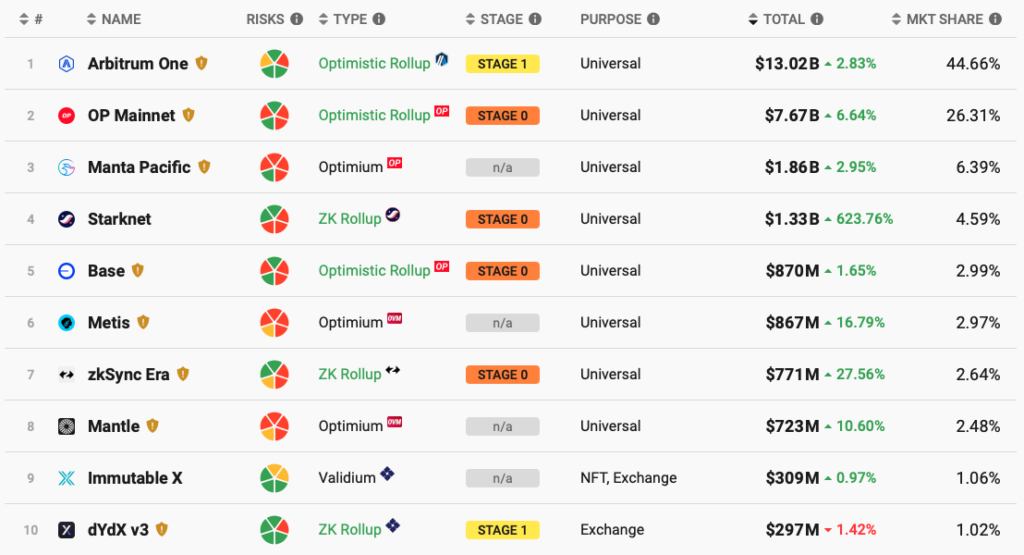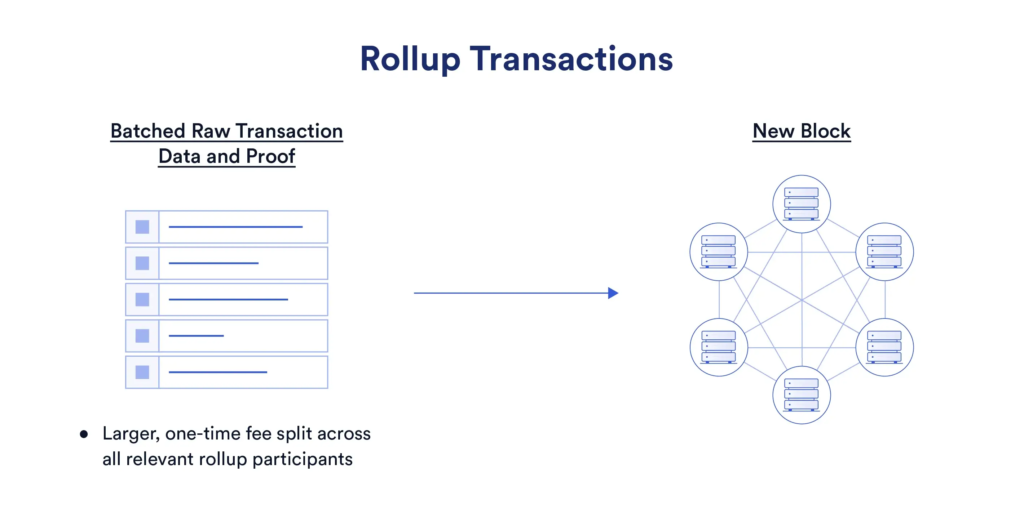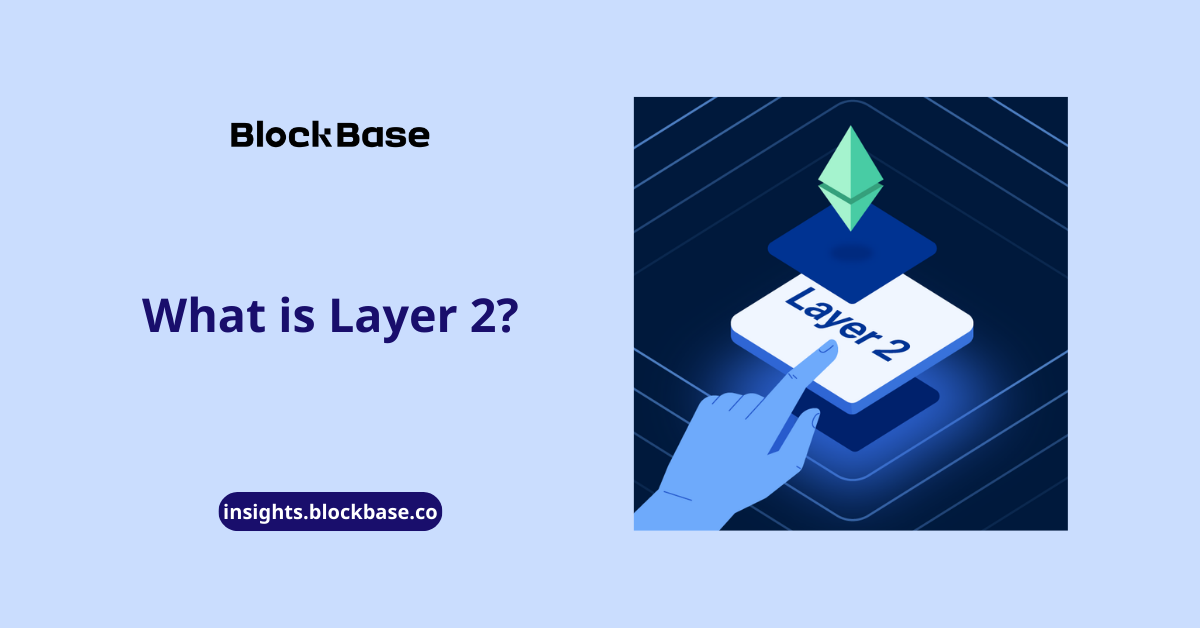The market capitalization has witnessed an increase from $1 trillion to $2 trillion in the past six months, accompanied by a resurgence of ecosystem activity. Increased transaction volumes have driven transaction fees to higher levels, leading users to transit to layer 2 to reduce fees. This prompted many teams to introduce this new solution. Indeed, the market has seen a wave of layer 2 mainnet blockchains such as Base, Scroll, Manta Pacific, etc. So what exactly is layer 2?

About Layer 2
Layer 2 refers to any off-chain network, system, or technology built atop a blockchain’s base layer (also known as layer 1). The networks aim to enhance their scalability and transaction throughput capabilities. A fundamental requirement for any system to be categorized as layer 2 is its ability to inherit the security protocols of the blockchain it operates upon. This implies that transaction data must be verified and confirmed by the base layer blockchain network rather than by a separate set of nodes
Layer 2 solutions play a crucial role in addressing the scalability of the trilemma inherent in blockchain technology, including being decentralized, secure, and scalable. While decentralized and secure blockchains are desirable, achieving scalability often requires sacrificing one of these attributes. Ethereum currently faces limitations in transaction throughput, leading to congestion and high transaction fees during periods of increased demand. Layer 2 networks offer a solution by processing transactions off-chain, reducing congestion and fees without compromising decentralization or security.
What is the Rollups?
One highlight type of layer 2 solution is Rollups. Rollups aggregate numerous transactions into a single transaction (off-chain) and send it to the base layer blockchain (on-chain), distributing transaction fees to many transactions in the batch, leading to reduced fees. While the transaction data is submitted to the base layer, the execution occurs separately within the Rollup. Rollups inherit the security of the base layer blockchain, thereby reverting Rollup transactions necessitates reverting transactions on the underlying blockchain.

Rollup technology encompasses two main types: optimistic rollups and zero-knowledge rollups.
- Optimistic rollups assume transactions are valid by default, allowing for challenges if suspicions arise. In the case of a suspected invalid transaction, a fault-proof is executed to verify its authenticity. Unlike alternative scaling solutions like sidechains, optimistic rollups derive their security from the Ethereum Mainnet by publishing transaction results on-chain. This approach contrasts with plasma chains, which verify Ethereum transactions using fraud proofs but store transaction data externally. Optimistic rollups can achieve scalability improvements of up to 10-100x by reducing computational burdens and lowering gas costs for users by sending transactions to Ethereum as call data.
- Another type is zero-knowledge rollups (ZK-rollups), which employ validity proofs where transactions are computed off-chain, and then compressed data is presented to the Ethereum Mainnet as proof of their validity. These layer 2 scaling solutions facilitate increased throughput on the Ethereum Mainnet by relocating computation and state storage off-chain. ZK-rollups can process thousands of transactions in a single batch, transmitting only minimal summary data to Mainnet. This summary data outlines the changes to Ethereum’s state and includes cryptographic proof verifying the correctness of these alterations.
In conclusion, layer 2 solutions represent a critical advancement in blockchain technology, enabling enhanced scalability, reduced transaction fees, and expanded use cases without compromising decentralization or security, paving the way for a more efficient and accessible decentralized ecosystem.





